Air brakes are essential for any vehicle equipped with air brake systems, such as buses, trucks, and trailers. These brakes rely on compressed air to activate the brake pads and bring the vehicle to a stop.
However, in cold weather conditions, the water vapor present in the compressed air can freeze and cause the brakes to malfunction. This can be a severe safety hazard, as frozen brakes can lead to reduced braking power or complete brake failure.
This article will discuss ways to prevent air brakes from freezing, including using antifreeze solutions, proper maintenance and storage, and heated air systems.
Following these tips can help ensure that your air brakes remain in good working order, even in the coldest conditions.
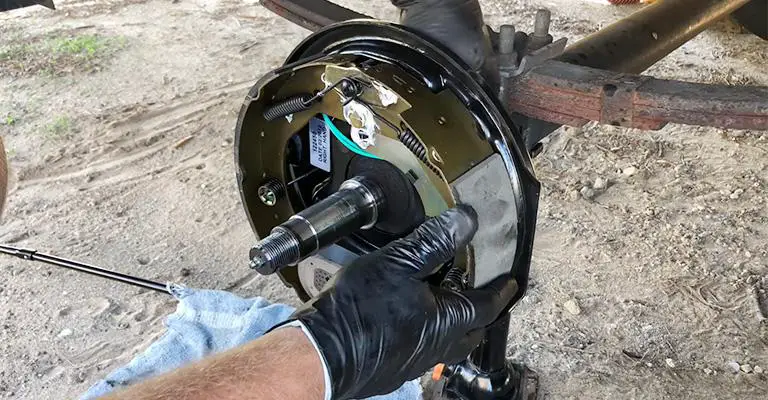
Contents
- 1 Ways To Keep Air Brakes Working In The Winter
- 1.1 Winterizing Drum Brake Components
- 1.2 A Clean Air Supply
- 1.3 Air Brake System Maintenance To Prevent Them From Freezing
- 1.4 De-Icers and Alcohol
- 1.5 Alcohol and Alcohol Evaporators
- 1.6 A Few Guidelines To Follow
- 1.7 Remember To Replace Cartridges
- 1.8 Notes:
- 1.9 Risks of Using Alcohol To Prevent Air Brakes From Freezing
- 1.10 Winter Weather Practices
- 1.11 Winter Driving Tips With Air Brakes
- 2 Final Words
Ways To Keep Air Brakes Working In The Winter
Due to the temperatures and elements, vehicles undergo a lot of wear and tear during the winter. Every system in your car suffers from the extra moisture in the air and on the roads.
Water entering the air brake system can cause corrosion and freezing, halting your equipment for hours, perhaps days. In addition, salt and chemicals used for deicing and clearing roads can cause corrosion and damage to the air brakes.
Winter damage to trucks is preventable, however, thanks to frozen brakes. How can you keep the air brakes working when snow is on the ground?
You will need to winterize your rig and check it for damage during the colder months. The key to maintaining equipment is preventative maintenance.
Winterizing Drum Brake Components
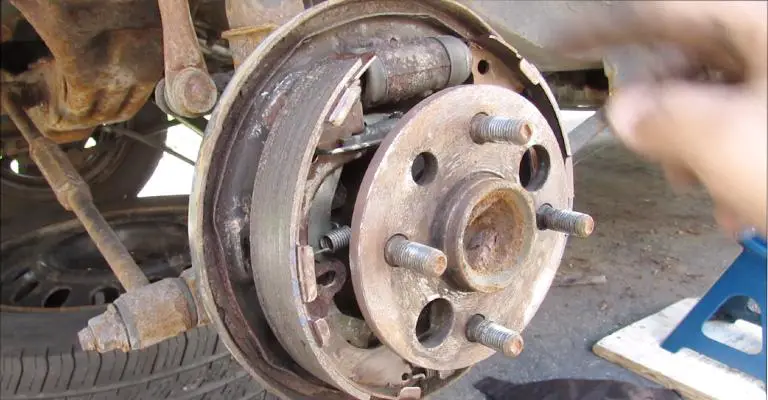
Make sure that the chamber housings do not have any damage or corrosion. When corrosion occurs, corrosive materials will gather inside the housing, leading to failure. You should ensure that the chamber’s dust plug is correctly installed. A lubricant is a corrosion fighter.
Lubrication is essential for all drum brake components; automatic slack adjusters, clevis pin connection points, cam tubes, shafts, and bushings. Rubber seals worn or damaged can let air escape and moisture invade the system. If you are driving in the colder months, check your rig.
You will notice much colder temperatures in the mountains as early as September, and they can last until May or even June, depending on the elevation. Make sure you always consider the route you are taking and the conditions under which you are driving.
A Clean Air Supply
To keep your brakes running smoothly, it is important to keep the air tanks free of moisture and contaminants. Moisture accumulation occurs when the air temperature increases by 30 degrees Fahrenheit.
After driving for another week, you should check the air system if you notice this shift within a day.
Air Brake System Maintenance To Prevent Them From Freezing
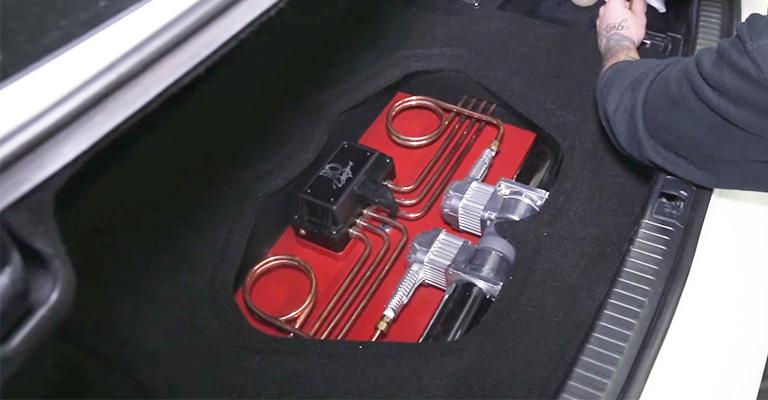
An air brake system needs regular maintenance, especially during the winter when airlines tend to freeze. It is important to maintain your air brakes properly, as well as to clear up a few myths regarding the use of alcohol as an antifreeze.
Keeping your air brakes in good condition is crucial. You can use this checklist to find out if your air brake system is functioning properly.
Examine the springs actuating the push rods in the brake chambers, particularly if they are damaged or broken. Make sure there are no leaks in either chamber of the parking brakes or component damage.
Confirm that the push rods and slack adjusters are operating properly to maintain proper brake shoe adjustment. If rubber boots and seals are connected to ABS connectors, inspect them for signs of wear and tear.
Keep your hands clean by checking for dirt, debris, and salt buildup. Ensure that the primary and secondary circuits are not affected by valve failures. By opening the drain valve on the wet tank, you can see if the valves in the system are malfunctioning.
De-Icers and Alcohol
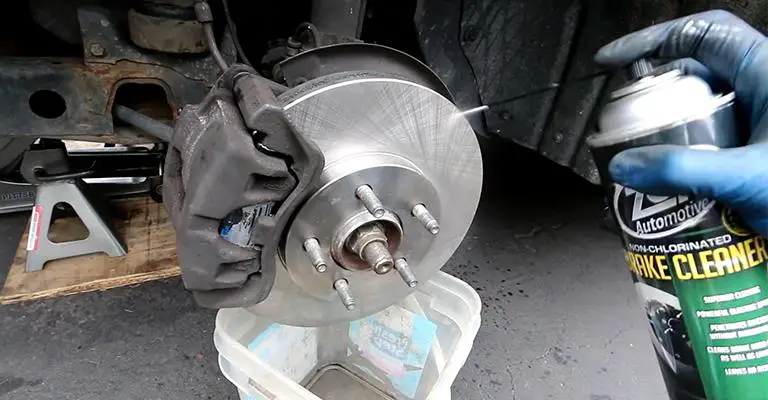
Most of the time, approved de-icers should only be poured on the emergency side of an air system (the red side on the left). The manufacturer may approve methyl alcohol but not isopropyl alcohol or ethylene glycol.
A brake valve can become distorted when ethylene glycol is present because the O-rings within the valve are swollen, and the lubricants within it are damaged.
A second issue is that people often unknowingly or by mistake pour fluids into the blue glad hand. Air brake fluid will only sit on the system air brake valves. This may prevent the valve from opening, preventing air from flowing.
For alcohol to travel, it needs a route. It wouldn’t matter how much alcohol you poured into the front of the car if you didn’t drain the air tank first. The plane will just take off from the lowest point in the airline and land there.
Rather than the alcohol itself, alcohol vapor thaws the air-brake system’s frozen components. The difference between an eighth of an ounce and a half gallon can be seen in the amount of stuff you can put into your body.
You should also ask yourself why you even have moisture in your air brake system if you’re planning to mix alcohol with it.
It may be temporarily effective to use alcohol in an air brake system, but it won’t solve the underlying problem.
Alcohol and Alcohol Evaporators
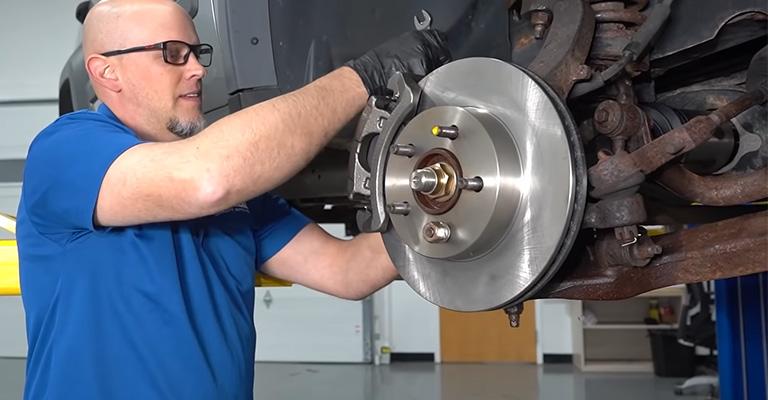
Taking a closer look at alcohol in truck air brake systems, let’s discuss it. The common practice of putting alcohol into the air brake system is to prevent the brake lines from freezing.
The compressor travels from the compressor to the air tank carrying compressed air that contains methyl alcohol vapor. It will prevent freezing if you add methyl alcohol.
Several negative aspects also accompany the temporary benefits of this. Rubber and plastic can wear out or even eat through harsh alcohol like acetone, as we discussed earlier.
In addition to preventing brake freeze, you’ll be causing several other complications to your air brake system in the future.
Acrylic is not eaten by alcohol, but glues and solvents used to hold acrylic pieces together can dissolve with it. Because alcohol dissolves the solvent in acrylic resins, it’s not uncommon to see them fall apart and leak.
As well, alcohol can cause the air supply to be choked if misused. It is possible to put alcohol into the air system of some air brake systems using an alcohol evaporator. Despite its age, this technology still works, and it usually has a bottle for pouring alcohol that is specially designed for this purpose.
Performing daily air brake system maintenance is essential, even when using an alcohol evaporator in your air brake system. It involves draining the tank to get rid of water and oil.
You should trust automatic drain valves only in extreme cases. Otherwise, do not trust them completely. Mechanical components fail every day because mechanical things are mechanical.
A Few Guidelines To Follow
There are specific guidelines for operating a vehicle with air brakes in each state, so it is important to know what those guidelines are in your state. Generally, you can follow specific steps and procedures.
For a vehicle air brake system to operate properly, there needs to be a minimum operating pressure of 85 PSI for buses and 100 PSI for trucks.
If accelerating from 600 to 900 rpm, it should take no more than two minutes for the air pressure to rise from 85 PSI to 100 PSI. Air pressure buildup rate is the measurement of this.
Ensure the air compressor’s cut-off governor pressure is between 120 and 135 PSI. There should be a pressure drop of 20 PSI to 25 PSI below the cut-out pressure at the cut-in point.
Remember To Replace Cartridges
If you live in harsh climates or drive in cold weather, ensure that you replace the air dryer cartridge before the season begins. This will prevent moisture from entering the system and cause the brakes to freeze.
Make sure you are replacing the right cartridge. Air quality can be maintained by replacing an oil-coalescing cartridge with a similar product.
Make sure the air dryer’s purge valve is functioning properly. If corrosion is evident, or if grit has accumulated, clean it. In case of need, you can replace it or clean it.
In addition to saving you time and headaches next winter, this simple maintenance item can help prevent malfunctions.
Notes:
It is also important to look for water in the air-brake system at all times. The winter months are incredibly challenging.
Air brakes are typically powered by condensed air, and water in them is a byproduct of condensed air. Once it freezes up, it can prevent air from reaching the brake mechanism. The wheel locking occurs when there is a blockage in the air system.
The air tanks in modern air-brake systems have automatic drain valves that allow them to be purged automatically.
However, air couplers can also cause problems, which is relatively common. There can be air leakage through rubber seals if they become worn or chemically dried out.
Even though most air compressors can handle small leaks, pushing them too far will eventually result in failure and other complications, all for $3 parts which is often very overlooked.
Risks of Using Alcohol To Prevent Air Brakes From Freezing
Putting alcohol into an air-brake system can be a serious safety hazard. Rubbers and plastics will be damaged by alcohol, especially acetone.
Where do you get the seals from? In rubber. The alcohol will inevitably eat out the seals and cause many problems for you in the end.
The likelihood of a complete brake failure on a rig is extremely low. Modern safety systems such as dual air and anti-lock brakes (ABS) can mitigate brake system failure. If one system fails, the second system should still function.
The problem comes into play if your air brake system is running alcohol while you are going through ice and snow.
Winter Weather Practices
Air condensing creates water in the air-brake system, which you should watch out for. Water doesn’t like air-brake lines, especially in colder climates where ice can cause the brake to lock when it blocks air from reaching it.
Most modern systems install automatic drain valves in each air tank to prevent this problem. Ensure the valves operate properly during extremely cold conditions by checking them regularly according to the manufacturer’s instructions.
Gold is worth its weight in gold when it comes to the air dryer. Your air-brake system can suffer from severe problems if water freezes in the valves in colder climates.
Keeping your air dryer in good working order is imperative. You should have the manufacturer’s recommended air dryer filter serviced if you still need to.
Winter Driving Tips With Air Brakes
The stopping distances on slippery surfaces are between three and twelve times longer than on dry roads. To maintain a safe following distance, adjust your distance according to the existing conditions. The safe following distance rule is 1 second for every 10 feet of vehicle length.
It is recommended to pump the brakes rapidly and lightly to stop safely without an Antilock Brake System. To maintain steering control, pump the brakes. You must apply the brakes for a brief period, then release them.
Follow this procedure until you have completely stopped. As soon as the vehicle’s wheels lock up, ABS automatically pumps the brakes. Consequently, the operator can maintain effective steering control and reduce the risk of skidding. This is a normal pulsation of the brake pedal.
It is important to keep the air pressure for air brakes at a certain level. With a gentle touch on the brake pedal, you can pump plenty of air pressure to lock your wheels on the ice at only 10 psi. The best way to drive with air brakes in the winter is to keep them dry and inflated.
Final Words
To ensure proper performance throughout the winter, ensure that all air brake system components are functioning properly. An inadequate maintenance program can result in senseless deaths and injuries.
Brake maintenance should be done all year round, but it’s particularly important during the winter months. Taking care of your truck will keep it in good shape for many years.

